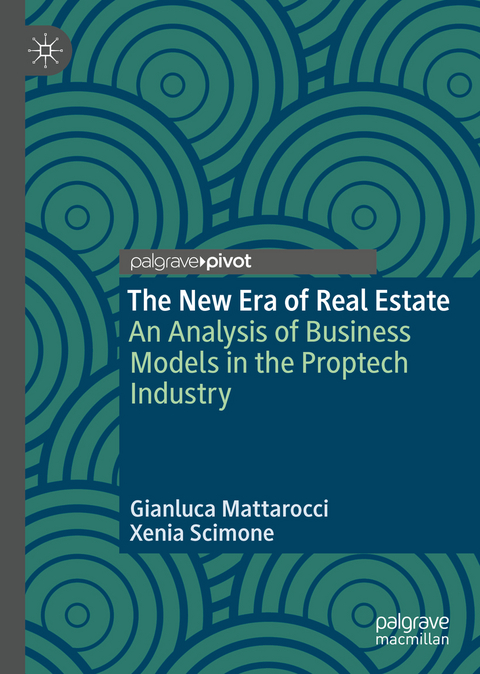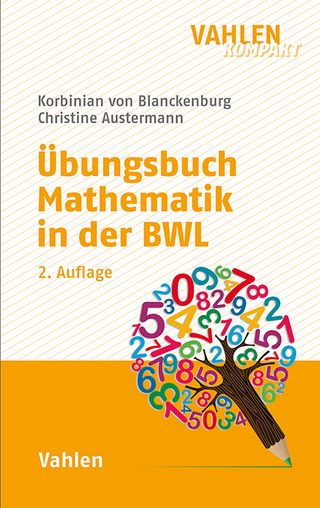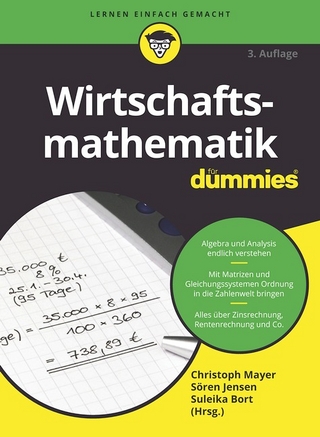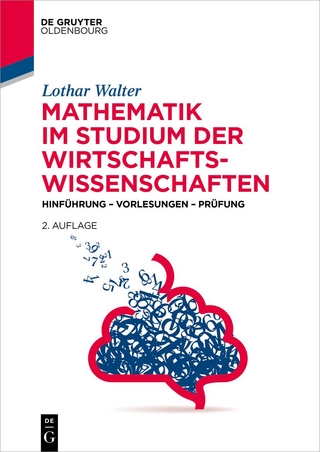
The New Era of Real Estate
Springer International Publishing (Verlag)
978-3-031-16730-0 (ISBN)
A valuable resource for researchers studying the real estate industry, this book is also relevant to those studying FinTech and the impact of technology on industry more broadly. It can also be of use to professionals in the real estate industry, looking for a cutting edge research-based study on PropTech.
Mattarocci Gianluca is an Associate Professor of Banking at the University of Rome Tor Vergata, Italy. He is also a Visiting Professor at Athens University of Economics and Business, LUISS University, National University of Georgia and Director of the master in Real Estate Finance at LUISS Business School. His main research interests are Real Estate Finance and Credit Risk Management.
Xenia Scimone is a Research Fellow in Banking and Finance at the University of Rome Tor Vergata, Italy, where she teaches on courses related to Banking and Fintech. Her research focus is on Fintech, Open Banking, Payments, Consumer credit, Financial Education, and Real Estate.
Introduction.- 2. PropTech: history and development.- 2.1 Introduction.- 2.2 Proptech 1.0 (1982-2000).- 2.3 Proptech 2.0 (2001-2016).- 2.3.1 Sector classification.- 2.3.2 Business model.- 2.4 Proptech 3.0 (2017-Today).- 2.4.1 Blockchain technology.- 2.4.2 Blockchain and real estate.- 2.5 European real estate market.- 2.6 Conclusion.- Innovation in negotiating real estate assets.- 3.1 Introduction.- 3.2 Negotiation process.- 3.3 Managing real estate transactions.- 3.3.1 Valuation.- 3.3.2 Counterparty screening.- 3.3.3 Due diligence and contract registration.- 3.4 Conclusion.- Managing real estate assets and portfolios with IT tools.- 4.1 Introduction.- 4.2 Real estate risk.- 4.2.1 Greenfield and Brownfield projects.- 4.2.2 Income-producing real estate.- 4.3 Risk management tools.- 4.3.1 Transaction-Intensive Processing.- 4.3.2 Judgement-Intensive Processes.- 4.3.3 Design and Strategy Support Processes.- 4.4 Conclusion.- Financing Instruments in the proptech industry.- 5.1 Introduction.- 5.2 The framework of P2P lending in Crowdfunding.- 5.2.1 Object and operation of P2P lending.- 5.2.2 The opportunities offered by P2P lending.- 5.2.3 Risks and disadvantages of P2P lending.- 5.2.4 Business models.- 5.3 The leading international player in P2P lending.- 5.4 Debt-crowdfunding.- 5.4.1 Characteristics.- 5.4.2 The risks.- 5.5 Equity crowdfunding investment .- 5.5.1 Characteristics.- 5.4.2 The risks.- Conclusion.- An analysis of the performance of the protech companies.- 6.1 Introduction.- 6.2 Business model classification.- 6.3 Empirical analysis.- 6.3.1 Sample.- 6.3.2 Methodology.- 6.3.3 Results.- 6.4 Conclusion.
Conclusion
| Erscheinungsdatum | 25.10.2022 |
|---|---|
| Zusatzinfo | XIV, 140 p. 40 illus. |
| Verlagsort | Cham |
| Sprache | englisch |
| Maße | 148 x 210 mm |
| Gewicht | 308 g |
| Themenwelt | Mathematik / Informatik ► Mathematik ► Finanz- / Wirtschaftsmathematik |
| Wirtschaft ► Allgemeines / Lexika | |
| Schlagworte | crowdfunding • digital business • FinTech • Industry 4.0 • P2P Lending • Property Management |
| ISBN-10 | 3-031-16730-9 / 3031167309 |
| ISBN-13 | 978-3-031-16730-0 / 9783031167300 |
| Zustand | Neuware |
| Informationen gemäß Produktsicherheitsverordnung (GPSR) | |
| Haben Sie eine Frage zum Produkt? |
aus dem Bereich


